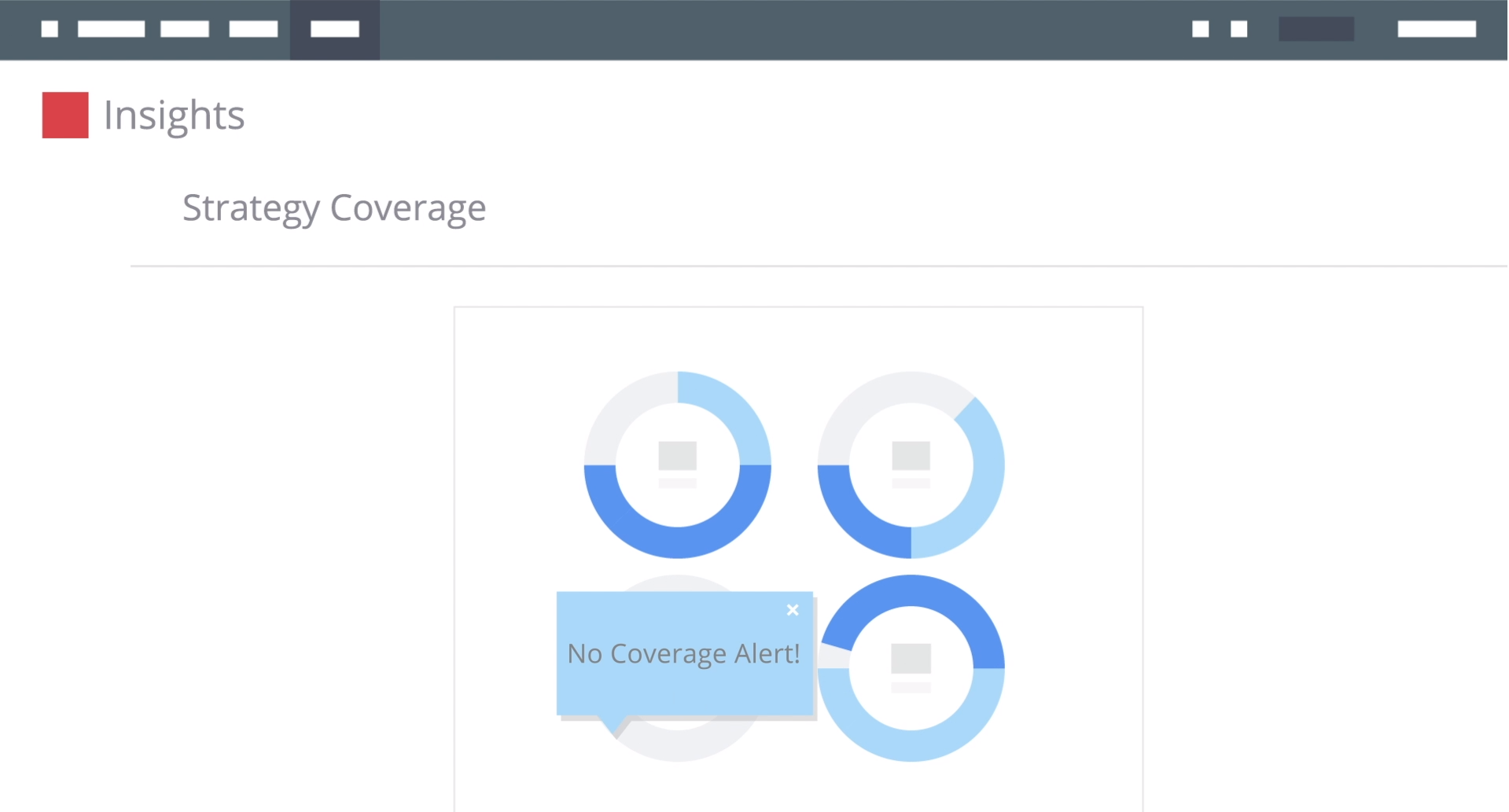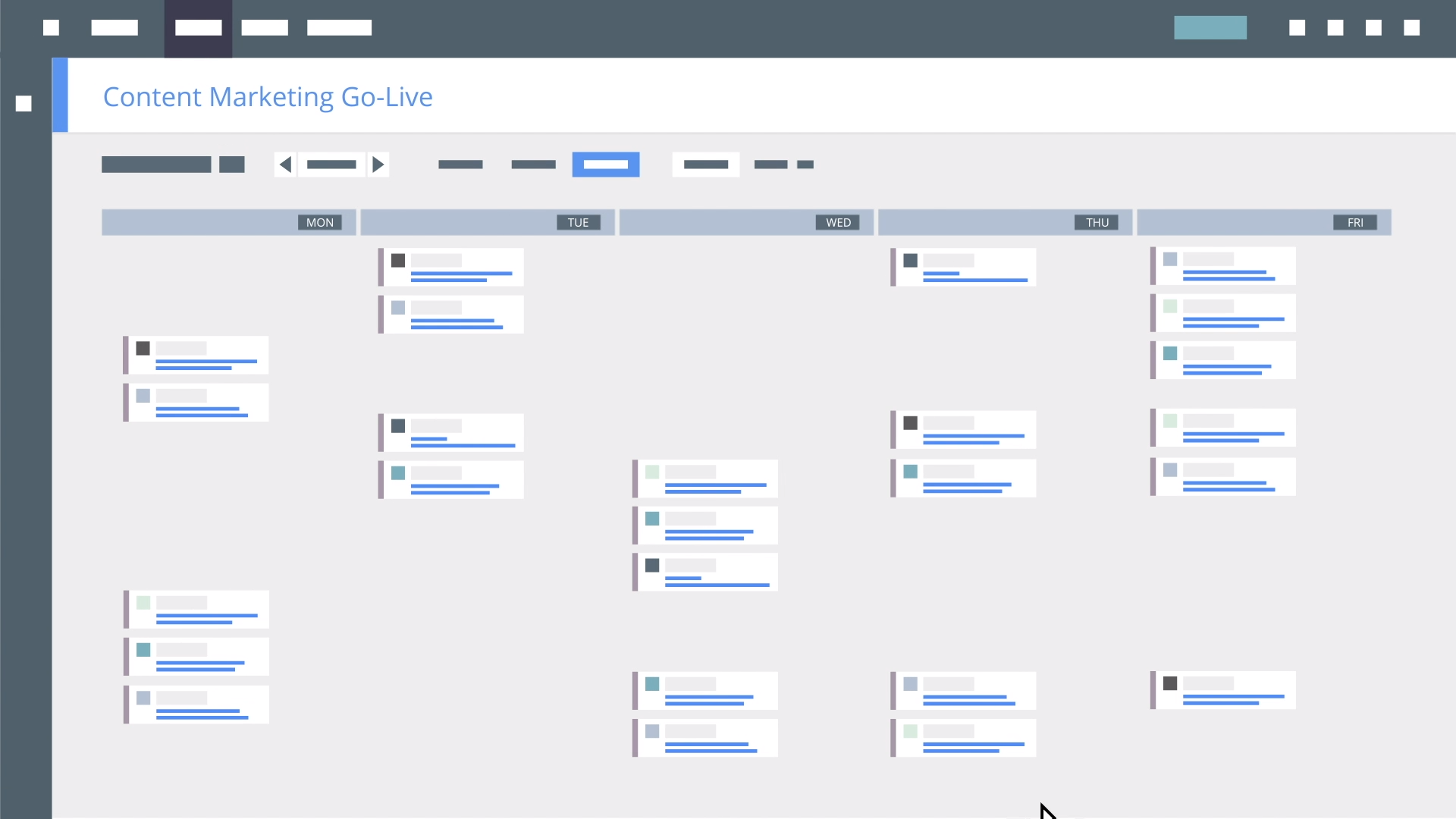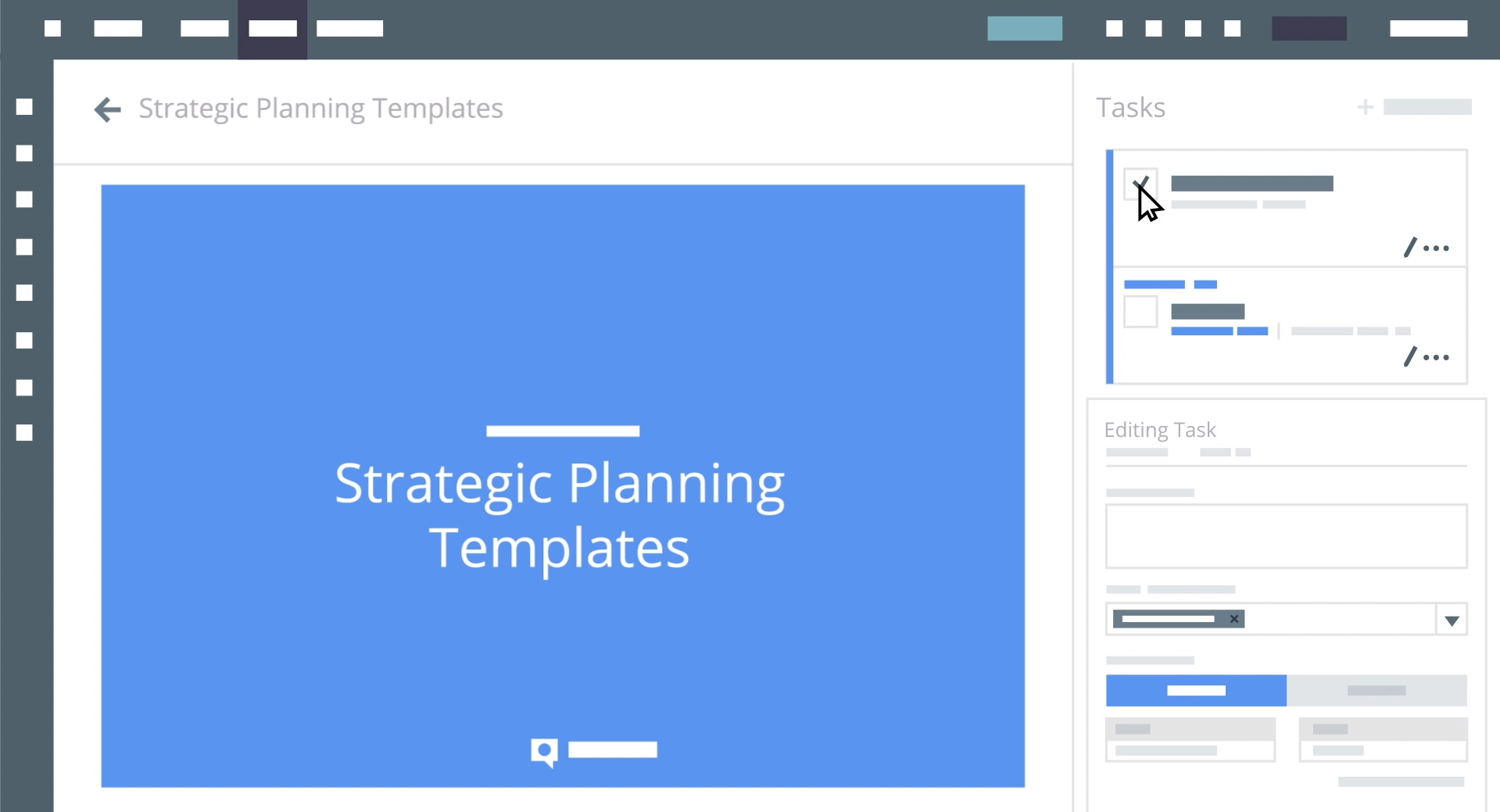Trying to build an effective and cohesive B2B content marketing engine without the right tech is like moving to a new country without money, transportation, or familiarity with the language. In simple terms: it doesn’t work out well.
While some businesses are busy cobbling together their bulky content management systems with spreadsheets and email, the companies investing in bona fide content marketing platforms (CMPs) are pulling ahead, collaborating more quickly, yes, but also much more effectively.
CMPs help to streamline communications and content creation—that much is clear. But how exactly does a CMP contribute to the success of every person on your content team?
We’re sharing our insights on how real marketing teams use CMPs, from strategy to distribution and everything in between.
How a CMP Works for Each Role
Managing content at scale is complex, particularly when working across different geographies, business units, and more.
On top of managing the large numbers of contributors needed to complete a single piece of content, there’s also a huge number of people collaborating—even indirectly—to build a coherent buyer’s journey across all content. Thus, it’s essential to provide a central anchor point that connects each role to the process at large.
Here’s how a CMP simplifies the process at every turn:
Marketing Executive
Marketing executives initiate the content chain. They’re the strategic thinkers when planning for long-term marketing needs along with developing systems for sustainably executing initiatives every day.
For most organizations, this means outsourcing their ideas and goals to content creators and their managers, which is why they rely on CMPs for effective management.
The CMP gives a bird’s eye view of the content ecosystem, both in terms of team activity and the content being produced. Executives can view content performance across channels, gauge productivity and timelines, and, perhaps most importantly, make sure everything produced levels up to strategic priorities and remains aligned to core thematic messaging.
Strategist/Project Manager

The strategist is the architect of a company’s content.
Like the marketing executive, the strategist needs a comprehensive view of the content environment to do their job well. Through a CMP, the strategist (or project manager) gains full visibility into each piece of the creation process. The CMP gives a clear view of what’s in flight (including projects they are directly involved with) and how everything works together to tell prospects and customers a cohesive story about the business.
Practically speaking, this looks like assigning tasks using standard or custom workflows for each content campaign, keeping a high-level view of all in-progress projects, and reporting up to the executive about progress, performance, and resourcing. Automated workflows provide real-time updates to eliminate the need for manually recording tasks or progress in spreadsheets, while that same progress is reflected across the platform (in planning and calendar views, for example) so that everyone has visibility into status.
When content is done, it’s published both within the CMP for use by customer-facing teams, as well as via integrations to social platforms, web publishers, marketing automation, and more.
CMPs are also especially important to content strategists because they allow them to make strategic choices about which projects should take priority. By pulling reports on content inventory, it’s easy to do gap analyses that highlight content coverage across personas, buying stages, and key messaging themes.
Content Creators

Whether you’ve invested in in-house writers or have a team of remote freelancers, content writers rely on your CMP for just about every aspect of their role.
In it, the strategist can assign them new writing projects and deadlines, request edits, and share project information. The CMP also gives the writers access to important data they need to do the job, such as target audience, project objectives, and campaign briefs. Writers can upload their work directly into the content marketing platform, and when checking off their workflow task feel confident that the next reviewer knows it’s their time to get involved.
Creators can also get feedback from editors or project managers within the platform, eliminating the need for dragged-out email tennis matches.
Designers
A CMP provides a direct connection between strategists, creators, and designers to ensure design goals and deadlines are met.
When images or graphics are needed for content, a designer can be assigned tasks and easily see how the work they’re doing levels up to bigger strategic objectives and get visibility into the project.
With this level of insight, designers can do the job right the first time—allowing them to do impactful work, faster.
Editors

Your content editors are the last defense against errors and low-quality work. Editors use their content marketing platform to connect directly with writers and designers regarding changes, leaving comments, @mentions, or annotating a document. This direct line encourages faster turnaround times and clearer communication.
As with other roles, a CMP gives editors a single source of truth for their assignments and a clear view of what needs to be completed and when.
Legal Team
If your content must pass legal scrutiny before being published, a content marketing platform is a great way ensure nothing goes out without the proper review.
Adding legal review tasks that are mandatory before a piece of content is published ensures nothing goes out that shouldn’t. Clear tasks and due dates gives legal teams visibility into what’s coming down the pipeline so they can plan accordingly and hit deadlines.
Analysts

Content marketing platforms aren’t just for creation and publishing—they’re also repositories for every piece of content you create. Analysts can look at the performance of your published pieces and develop insights into your audience and channels. Importantly, a CMP allows analysts to see how your own customer-facing teams make use of content. Analyzing content usage allows marketers to see which assets are most often pulled in to help close deals.
Most CMPs include an easy-to-follow metrics dashboard, but companies should be able to run custom reports and create their own metrics for ongoing success.
Kapost Brings Teams Together
A CMP is the cornerstone of any good content operation. In addition to streamlining production, the real power of a CMP is its ability to let marketers (and other teams) know their content. From an executive getting a bird’s eye view of message consistency to a creator knowing why their work matters, the right platform gives teams the knowledge they need to build consistent CX, drive revenue, and ultimately, do work that matters.
Want to see Kapost in action? Take a free, self-guided tour and discover how we unify B2B content marketing teams for scalable, predictable success.


